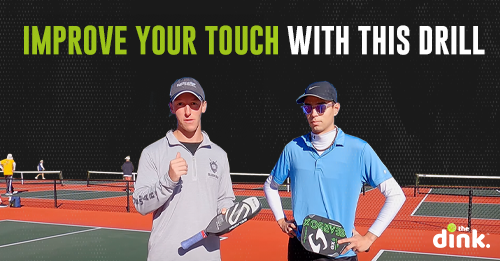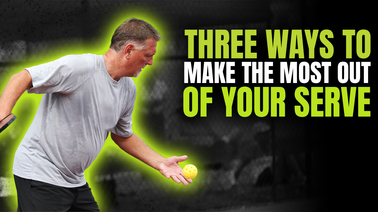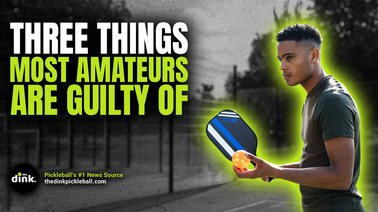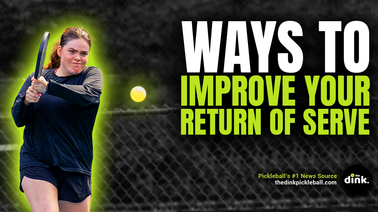
As a new pickleball player, one of the first things I was told is that I had to master the third shot drop. I spent well over 100 hours at the court with a partner or a ball machine working on hitting the ball over the net and having it land in the kitchen.
Yet when I went to play an actual game, I felt that my third shot drops were ineffective. There was this reoccurring pattern of thinking that my third shot drop was great because it landed in the kitchen, but then it would bounce a bit too high, and I would get attacked and immediately lose the point.
I found that I was in fact mastering the third shot drop, but I had no clue what to do after that.

I’ve been on the ‘Road to Pro’ for almost two years now and there is one drill that given me more confidence than any other drill I’ve tried.
It’s a simple drill that requires two people. The first person is on offense and they start at the kitchen/non volley zone. The second person is on defense and they start in the transition zone midway between the kitchen and baseline.
To start the drill, the person at the net feeds the ball to the player in transition. The player in transition will then try to reset the ball by hitting it softly back across this net.
The drill continues with the person at the net trying to be as offensive as possible, while the player in transition looks to gently reset the ball and stay in that transition area.
An example of the drill can be found here:
This is my absolute favorite drill and has improved my game tremendously. Instead of worrying about hitting the perfect third shot drop that stays low after it bounces, I’m now super comfortable moving forward on a less than ideal third shot. I know that I have the footwork and the touch to place the ball if
my opponent elects to attack me.
This drill is also an amazing tool to help develop the offensive skillset of the player at the net. As you get better at resetting the ball from transition, your partner will have to hit extremely well-placed attacking shots to win the point. They can use this time to work on their off the bounce attacks, roll volleys, and overheads that happen so often on the fourth shot.
Here are 5 tips for this defensive drill:
- Keep your paddle around hip height – anything above it is likely going out from this position.
- Keep a softer grip on the paddle (40%) so the ball doesn’t pop up as high on your resets.
- I find using two hands on my backhand when short hopping the ball is much more consistent.
- After a reset, split step and squat down a bit so you’re ready for the next ball and can move to
either side. - The better your resets are, the less attacking options your opponent has. Really focus on making
solid contact and using your shoulders and legs more than your hands and wrists.
WRITTEN BY DINK CONTRIBUTOR SHEA UNDERWOOD









